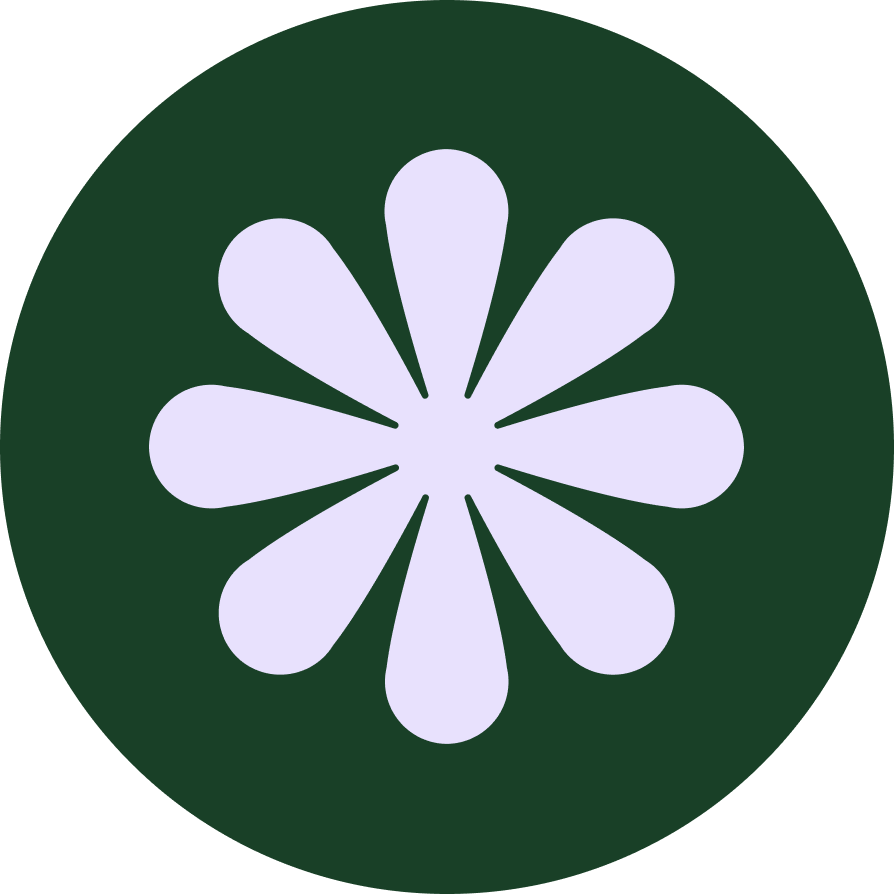Aim High
Redesigning the find a recruiter feature to help potential recruits match with recruiters
Introduction - Understand - Define - Sketch - Decide - Prototype - Conclusion
Connecting Recruits with Air Force Careers
The United States Air Force Aim High App connects recruits with career opportunities, news and events. The app is an intuitive recruiting tool that helps the Air Force find Airmen, as well as guides recruits to discover their passions through interactive means.
For this particular project, my task was to reimagine the “find a recruiter” feature to ensure interested candidates could easily find and connect with a recruiter in the area. This redesign stemmed from learning we had a high drop off rate of users searching for recruiters and user feedback stating the feature was confusing.
Goals
Effectively match recruits to recruiters
Ensure most efficient route to recruitment
Improve drop off rate
Outcomes
Design prototype delivered
Success criteria defined
User value confirmed
Client approved direction
Key Design Elements
Location Proximity
Map Display
Filtering
Recruiter profile
Current Design Observations
To start the redesign, I first conducted an audit of the existing flow for finding a recruiter to highlight areas of improvement. During this process, I was able to connect with current users and recruiters as well to understand their pain points with the current layout.
AUDIT-
The candidate may not be familiar with what each component is or what the acronyms are for each
Differentiating between the different recruiters by their component is difficult
The Special Operations portion seems disconnected
Once the form fields are filled out and you arrive on the map, the globe icon action in the top right is a bit confusing
-
There are multiple recruiter types and these aren’t clearly being communicated as of now:
Enlisted Accessions - Recruits are often in High School, no college degree
Officer Accessions - Recruits must have a 4 year degree (or close to grad) to join the Air Force as an officer
Healthcare - Recruits must be attending college for healthcare or have a degree in healthcare
-
Recruitment is a very competitive space. Recruiters want leads and they want those leads to convert into airmen. They have weekly / monthly / annual numbers to meet and have multiple awards and competitions they engage in constantly.
If the candidate proceeds with contacting a recruiter and they do not qualify for that recruiter’s specialty, sometimes they simply get dropped instead of referred.
Special Warfare is a portion of the Air Force with high physical qualifications that often goes unmentioned. Special Warfare recruiters would like more visibility.
USER INSIGHTSReimagining the New Journey
Now that I had a better understanding of the current process and its pain points, I loosely mapped out the user journey for the redesigned flow with details on changes as well as items that would stay the same.
User journeyInitial Refresh of Find a Recruiter
Taking my user journey map and audit foundation as a guideline, I sketched out new screen variations for the find recruiter flow.
Added details on areas of interest to educate users
New description on recruiter profile reiterates type of recruiter as well as who they assist
Removed Special Ops > instead will be listed within recruiter details
If user wants to connect, they can submit contact form or message directly in app
New descriptions for career categories & their corresponding recruiters
Label replaces prior letter components for Active Duty, National Guard, etc. to better communicate to users which component they are in
Gathering Feedback to Improve Design
At this point, I showcased my initial sketches to the team and there were a few changes we wanted to implement. Here are the highlights:
More focus on location at this first step
More prominent filter on recruiter results
Updated description on category page to give more details on career
Testing Out New Design
Once we were aligned in changes, I created a prototype to bring the redesign to life and test out the interaction elements. For this redesign, we relied on an informal usability test process where we solicited feedback from our main stakeholders to ensure the redesign met expectations and could be moved to the implementation phase.
PROTOTYPERedesign Reflection
This was an exciting project to work on as I’ve always been interested in how technology can be utilized to match people with careers. There was a bit of learning curve understanding how the Air Force organizes and conducts their recruiting, so that was a large challenge when getting started.
Overall, this redesign taught me how to small collective changes can really improve a product usability. Over time, these small improvement changes can help build engagement and user retention.



